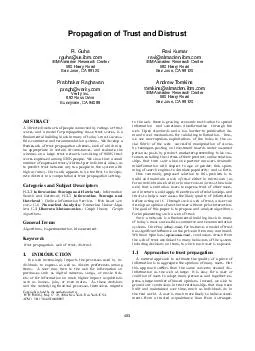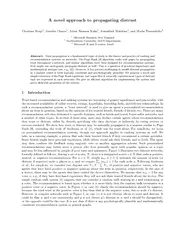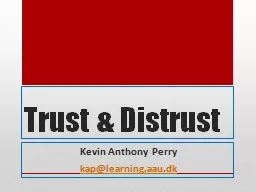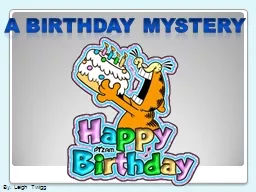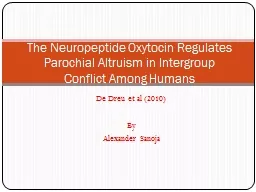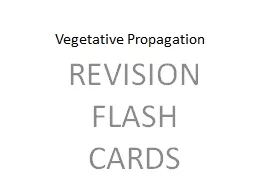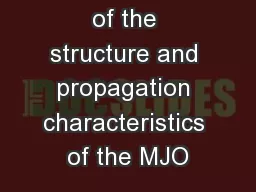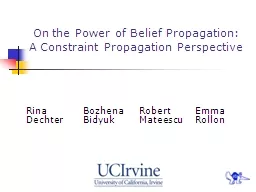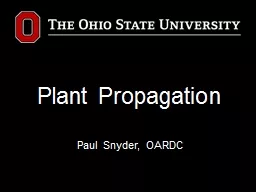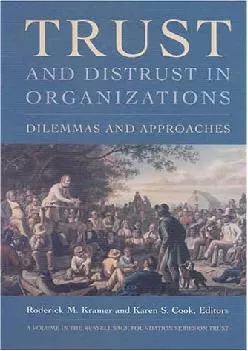PDF-Propagation of Trust and Distrust R
Author : kittie-lecroy | Published Date : 2015-01-15
Guha rguhausibmcom IBM Almaden Research Center 650 Harry Road San Jose CA 95120 Ravi Kumar ravialmadenibmcom IBM Almaden Research Center 650 Harry Road San Jose
Presentation Embed Code
Download Presentation
Download Presentation The PPT/PDF document "Propagation of Trust and Distrust R" is the property of its rightful owner. Permission is granted to download and print the materials on this website for personal, non-commercial use only, and to display it on your personal computer provided you do not modify the materials and that you retain all copyright notices contained in the materials. By downloading content from our website, you accept the terms of this agreement.
Propagation of Trust and Distrust R: Transcript
Download Rules Of Document
"Propagation of Trust and Distrust R"The content belongs to its owner. You may download and print it for personal use, without modification, and keep all copyright notices. By downloading, you agree to these terms.
Related Documents

